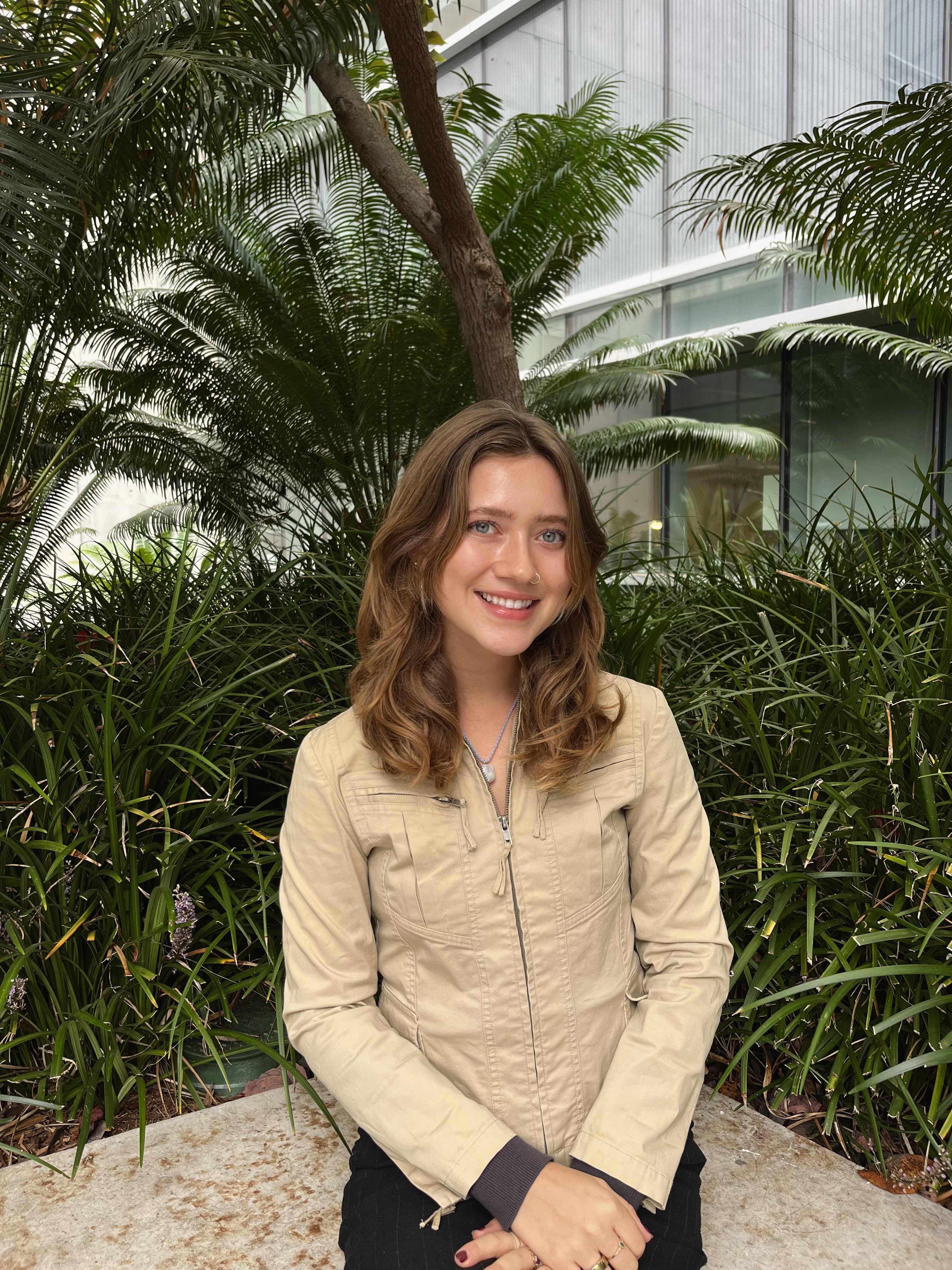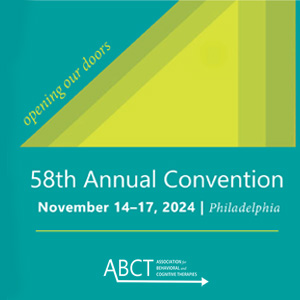Adult - Anxiety
Craving Social Connection: Loneliness in Anxiety and Depressive Disorders is Associated with Increased Ventral Striatal Activation when Viewing Loved Ones
(PS2-12) Craving Social Connection: Loneliness in Anxiety and Depressive Disorders Is Associated with Increased Ventral Striatal Activation When Viewing Loved Ones

Margaret K. Satchwell, B.S.
Staff Research Associate
University of California San Diego
San Diego, California, United States- IS
Isabella Spaulding, B.S.
Doctoral Student
University of California, San Diego
La Jolla, California, United States - CT
Charles T. Taylor, Ph.D. (he/him/his)
Associate Professor
University of California San Diego
La Jolla, California, United States
Author(s)
Co-Author(s)
Loneliness – a major public health concern that increases the risk of developing physical and mental health challenges – is linked to depression and anxiety. The ventral striatum (VS) is a key brain region involved in social reward anticipation, approach behavior, and “social craving.” Non-clinical findings demonstrate that higher loneliness is associated with increased ventral striatal activity to viewing close others (e.g., best friend, spouse, or family member) – believed to reflect a desire for social connection. In contrast, research in anxious and depressed samples demonstrates blunted activation in the VS during social reward tasks; however, such tasks did not include images of close others (cf. strangers). Investigating neural responses to close others in individuals with affective disorders could identify important treatment targets for social disconnection and loneliness. The current study examined associations between loneliness and ventral striatal responses to viewing one's closest others in individuals seeking treatment for anxiety or depression. 89 adults (59.6% identified as women, 52.8% identified as a race category other than White, 31.5% identified as Hispanic/Latino, and mean age was 29 years) diagnosed with an anxiety or depressive disorder completed the NIH Toolbox Loneliness survey. Participants provided photos of their two closest others (e.g., people they “go to for help or comfort”) prior to undergoing an fMRI scan. A standard imaging task in which the stimuli loops between images of their close others, subtraction math problems, and images of strangers was completed by each participant. We examined the relationship between loneliness and activation in the VS while participants viewed images of their close others. A Pearson correlation revealed that loneliness was positively associated with activation in the VS, r(87) = .25, p = .02 when viewing close others. Lonelier individuals with anxiety or depression demonstrate increased ventral striatal activation when viewing images of loved ones, replicating non-clinical findings that the VS is an important target in desire for social connection. Prior findings have reported blunted activation in the VS during social reward tasks viewing strangers; however, current results suggest the basic drive and desire to connect with close others exists in patients experiencing loneliness. Clinicians may leverage these findings in therapeutic protocols by encouraging anxious or depressed clients to engage with and foster bonds with their closest loved ones.

.png)
